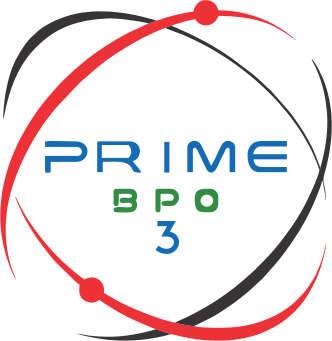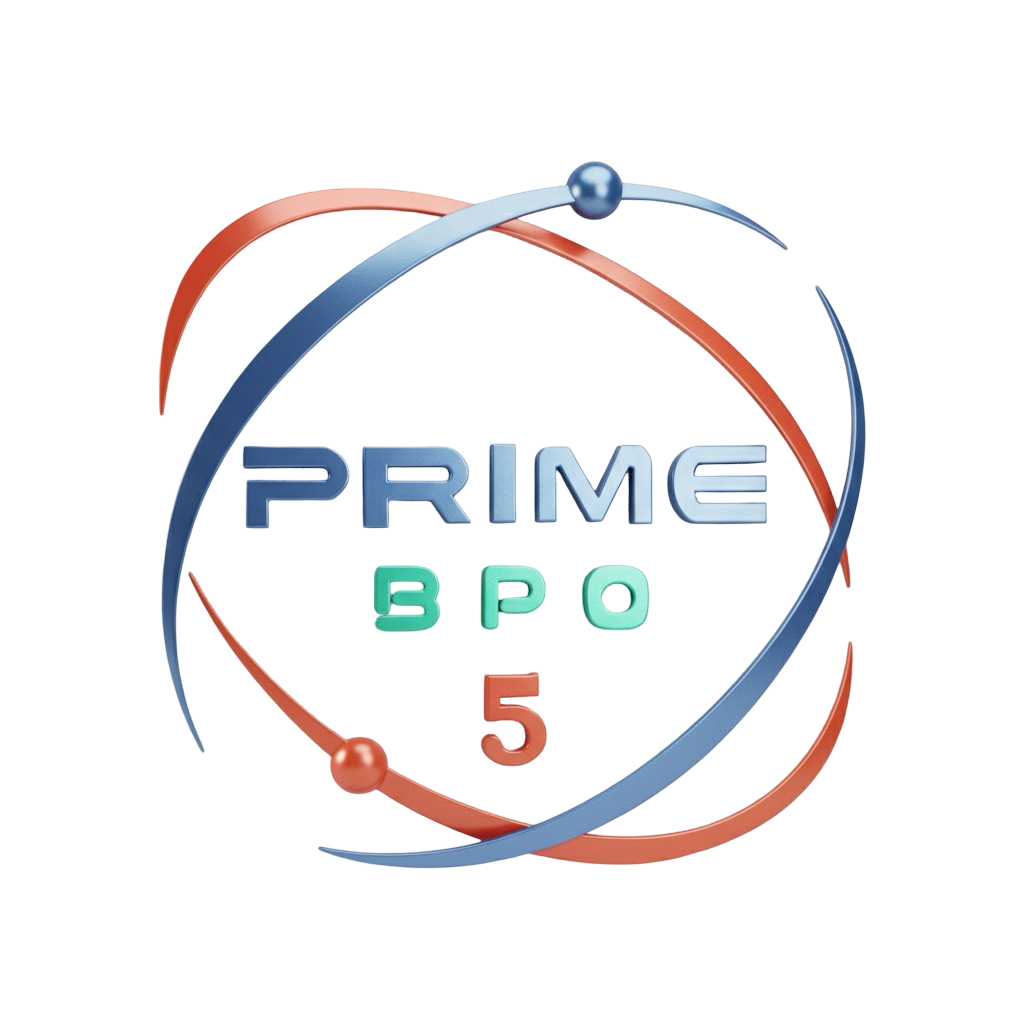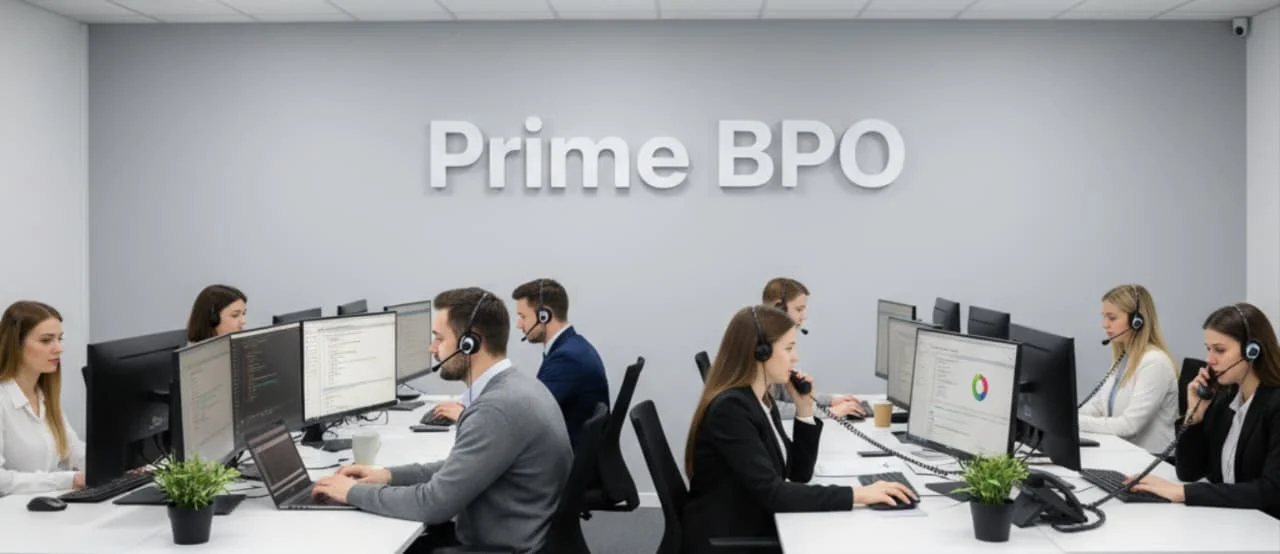Do you feel like your business is hitting a wall when it comes to lead generation and finding new customers?
Are you tired of using the same old techniques that don’t seem to be working anymore?
If so, it’s time to reconsider your lead-generation strategies and take your business to the next level.
In this article, we’ll explore effective lead-generation strategies that have been shown to grow businesses and open up new markets.
Learn how to generate leads, convert customers, and advance your business.
Get Free Quotes
Customized Options Await
What Is Inbound Lead Generation?
Inbound lead generation is a marketing strategy that you use to attract leads to your business based on their needs. Unlike outbound lead generation, inbound does not involve reaching out to people and, instead, having them reach out to you and initiate the conversation.
So, an inbound lead is drawn to your business and initiates contact due to your inbound lead generation strategy.
Creating your inbound lead generation strategy
When it comes to crafting your inbound strategy, things may seem overwhelming at first glance, but, the truth is—once you set the right processes in place, it becomes an automated, evergreen lead generation engine.
Now, let’s go through the step-by-step process that will help you create a powerful inbound lead generation strategy:
Diversify your lead magnets
When it comes to inbound lead magnets, in other words, ways to attract your audience, content is king.
Most modern buyer journeys start with a potential customer going online and googling something relevant to their business pain point or opportunity. This is where informative and valuable content pieces in the form of blog articles, how-to guides, or eBooks are the gateway to your company’s website.
3 Main Stages
Leaning back to the 3 main stages of the B2B buyer journey, marketing teams have to ensure that the content they produce is aligned with each separate stage.
So, for instance, there should be a mix of educational content on broad industry-related topics for awareness, more specialized solution-oriented content for consideration, and product-centered content like feature comparison articles for the decision stage.
Taking it a step further, it’s a common practice for B2B companies to ‘gate’ long-form content like eBooks, whitepapers, and case studies, where interested readers would have to fill in their name and email to gain access. If the information you provide is of value, this would be a fair exchange in the eyes of your website visitors.
Additionally, with the rise of video content throughout our everyday lives, B2B teams should supplement their content strategy with video tutorials, short-form how-to videos, and webinars to diversify their reach.
But why stop there? Lead magnets are about finding ways to provide genuine value to your potential customers, and that could be virtually anything your creative brains can think of — online industry-related calculators, quizzes, podcast libraries, email signature generators, and so on.
Boost your visibility
Creating valuable and engaging content is just half the battle. Making sure it’s visible and accessible to your audience is just as important.
This is why it’s imperative to leverage the power of SEO (search engine optimization), which refers to the various strategies that ensure your content links get those prime top positions in Google search results.
Think about the last time you googled something, you probably checked out the first, second, and perhaps third links that Google presented for your search query. Well, SEO (coupled with quality content) is the absolute best way to ensure your company gets those top positions when your target audience searches for their business queries.
Keyword Strategy
SEO involves having a keyword strategy – focusing on including strategic keywords in your text, headings, meta tags, and landing pages that Google prioritizes when deciding who gets what spot in the search results. Once again, this is only the case in the context of quality content, so don’t expect SEO to do its magic if you’re producing irrelevant and unhelpful content.
Linking Strategy
SEO also refers to your linking strategy, that is, the internal and external links you use in your content. Strategic link-building cooperation with other reputable industry sites will boost your domain authority (and increase brand awareness), once again, making it easier for potential buyers to come across your website.
On the topic of co-marketing initiatives, B2B marketing teams also invest their resources in content partnerships like blog exchanges and influencer marketing to further grow their brand reach and establish thought leadership within their industry.
Last but not least, social media is a powerful distribution channel to share your content, engage with your audience, and provide value that has the potential to generate high-intent leads.
Social Selling on LinkedIn
Social selling on LinkedIn is one of the best, non-intrusive ways for B2B companies to enhance their inbound strategy, but social media is also a great place for interactive posts, posting helpful resources, and running ads.
Lead scoring:
If you’ve put thought into creating valuable, diverse, and most importantly relevant lead magnets, and supplemented them with SEO and extra distribution channels to ensure they are visible to your audience, chances are—your website will start receiving a substantial amount of traffic.
But one thing to keep in mind is that, with inbound, far from every person who reads your content, registers for your webinar, or uses one of your free online tools is a potential buyer who falls into your ideal customer profile.
Qualify your Inbound Leads
So, the next step in your inbound lead generation strategy is to qualify your inbound leads.
Lead qualification is the process of separating leads into those who have the potential to eventually make a purchase and those who don’t.
The best way to do this is lead scoring.
By designing a framework of assigning scores to your leads based on their demographics and company information, as well as their specific actions taken (website visit, content download, webinar attendance, etc.), companies can have an objective idea of which leads to prioritize with nurturing efforts.
For instance, leads that download a gated piece of content may be assigned +2 points, leads that attend a product-related webinar — +5 points, and perhaps, once a lead reaches 10 points, they are ready for your sales team to reach out and begin their sales nurturing to see if there’s a fit.
With AI taking strides in the B2B space, there are now ways to completely automate your lead scoring and qualification process with predictive analytics. While there are some dedicated tools designed specifically for this task, there are other neat ways to get this done on autopilot, and one of them is with an AI Chatbot integrated into your website.
Data Scraping
By scraping data from your website visitors and answering their queries, an AI Chatbot can score the purchase-readiness of your inbound leads to determine whether they are an MQL or an SQL, giving insights to your sales and marketing teams on how to best engage them (more on that in the next point).
Lead Nurturing
Your diverse SEO-powered lead magnets attracted potential customers to your website, you’ve qualified them based on their demographics and behavior, and now it’s time to effectively nurture those who’ve shown interest in your solution.
Considering this is still part of your inbound strategy, the main objective stays the same — to provide value and assistance throughout their buyer journey, not push for the sale.
Once again, this is where an AI Chatbot can do wonders for your business!
AI Chatbot
Trained on your company’s knowledge base and common queries asked, your AI Chatbot has more than enough to effectively provide personalized assistance to your website visitors 24/7, ensuring that potential leads receive a positive experience with your company and get their questions answered right away.
Another battle-tested B2B lead nurturing method is creating effective inbound email marketing campaigns with relevant content that further provides value to your leads through their buyer journey.
After segmenting inbound leads into separate buyer personas, based on common criteria like behavior, industry, and stage in the buyer journey, marketing teams are enabled to deliver highly relevant and tailored drip content that matches your leads’ preferences.
Automated Behavioral Triggers
Supplementing that with automated behavioral triggers for the most common actions like downloading an eBook or attending a webinar will ensure your inbound emails are always right on time, providing a top-quality brand experience and moving your leads further down the sales funnel.
Leads who have shown strong interest can be engaged with a more direct inbound qualification email to get the ball rolling right away.
Sales and marketing fusion
As previously mentioned, inbound lead generation produces the best results when sales and marketing teams are in sync, with unified goals and KPIs.
Ensuring that both these customer-facing teams are working towards the same objectives and sharing crucial information back and forth will ensure that the business is continuously creating the most optimal inbound magnets, content, CTAs, emails, and so on.
Ongoing sales feedback
Ongoing sales feedback from their communications, meetings, and demos will give marketing teams invaluable insights into how their target customers think and behave, what they are most often looking for in a product, and why they make or don’t make a purchase. Marketing teams can use this information to create the most relevant content pieces, webinars, social media posts, etc. to optimize their inbound efforts.
Vice versa, marketing teams can help sales teams better understand and ‘close’ prospects with insights from their inbound campaigns — which types of customers respond to what type of content, and why.
Get Free Quotes
Customized Options Await
Automation and optimization
In B2B business in 2024, automation is everything. It will determine how successful you are in an increasingly competitive environment, how effectively you can reach your audience, and ultimately — how much revenue your sales and marketing efforts will generate.
Inbound lead generation is no different, and it’s crucial to gear up with the necessary tools to make sure your efforts pay off. For instance, your business could use:
- an AI writing tool like WriterSonic to help you with generating quality and diverse content;
- a social media management tool like Hootsuite for scheduling, improving, and analyzing your SMM efforts;
- a dedicated outreach tool like Reply.io to generate and engage inbound leads with automated email or multichannel campaigns;
- an SEO tool like Ahrefs or Semrush to help you find the most in-demand keywords and other content elements to secure top search results;
- a CRM tool of your choice to keep a detailed record of your sales funnel and ensure data flow across teams.
The exact tools you will need will solely depend on the types of inbound lead generation strategies you will use, but one word of advice is to go for the more consolidated software out there that covers several different processes to avoid oversaturating your tool stack.
References:






